How Mass Protests Are Shaking Bengal Politics
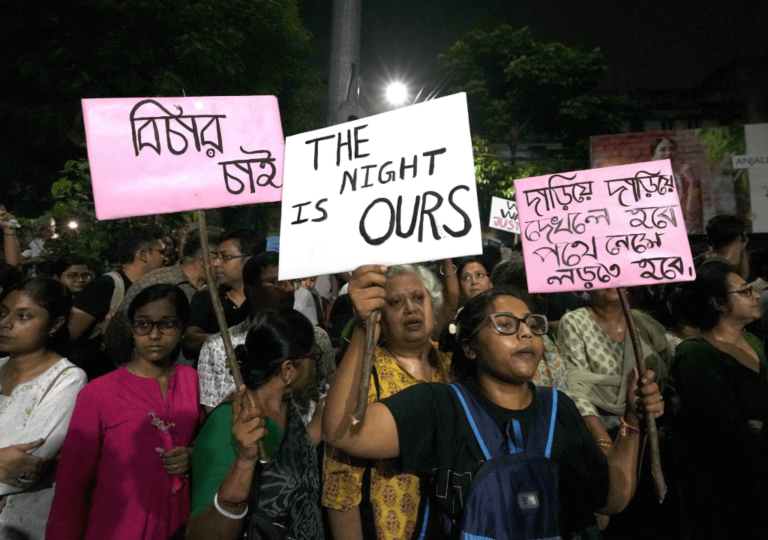
Protests in West Bengal intensify after the brutal rape and murder of a junior doctor, putting pressure on Mamata Banerjee's AITC-led state government.

Protests in West Bengal intensify after the brutal rape and murder of a junior doctor, putting pressure on Mamata Banerjee's AITC-led state government.
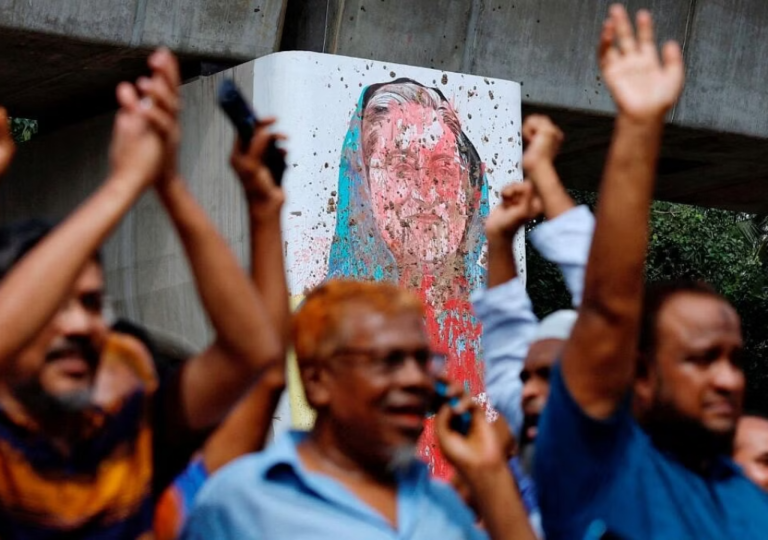
Bangladesh's identity stems from conflicts involving India and Pakistan, influencing its politics
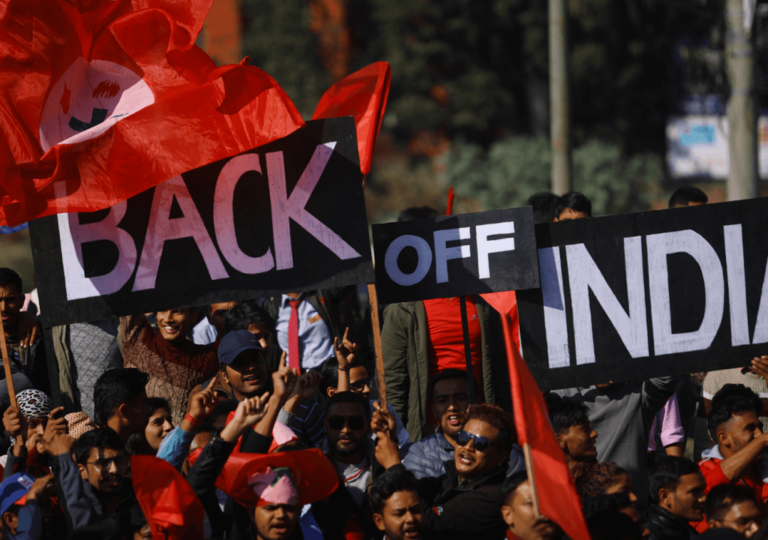
India's regional influence wanes as anti-India sentiment rises across South Asia
Armenia seeks new alliances, notably with India, amid geopolitical challenges
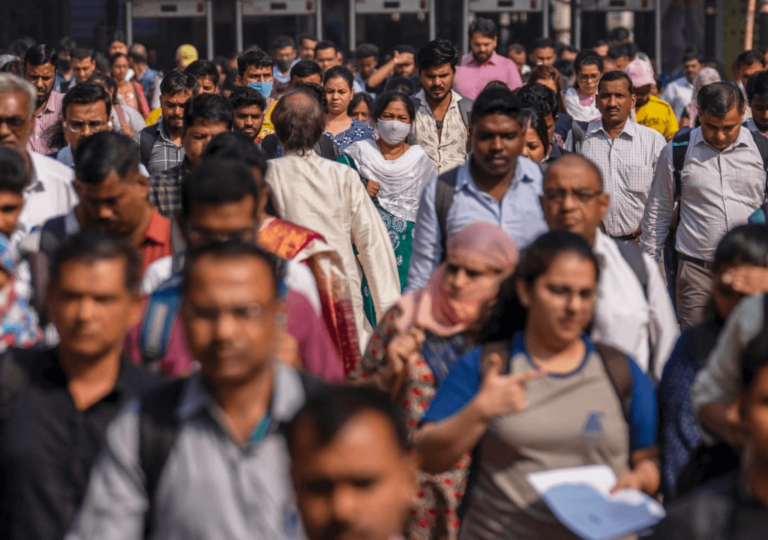
India's population growth poses challenges for development; political parties avoid addressing it
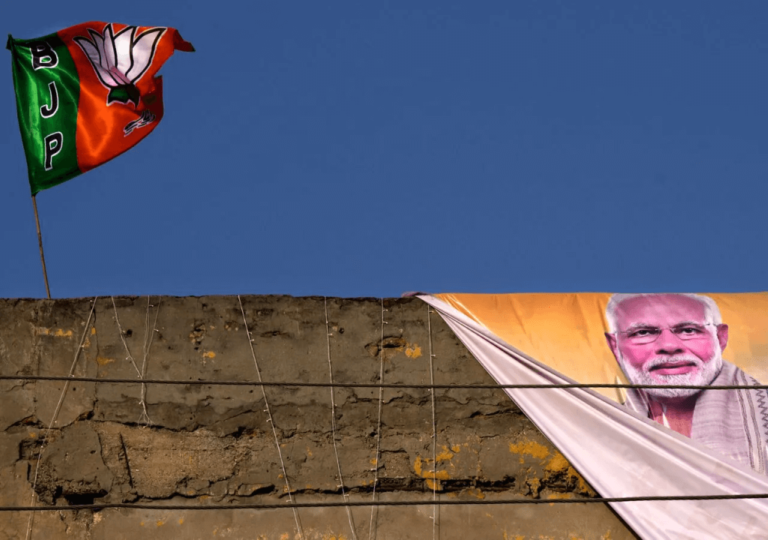
Modi faces growing criticism from Hindu nationalists who accuse him of not doing enough to establish a Hindu nation
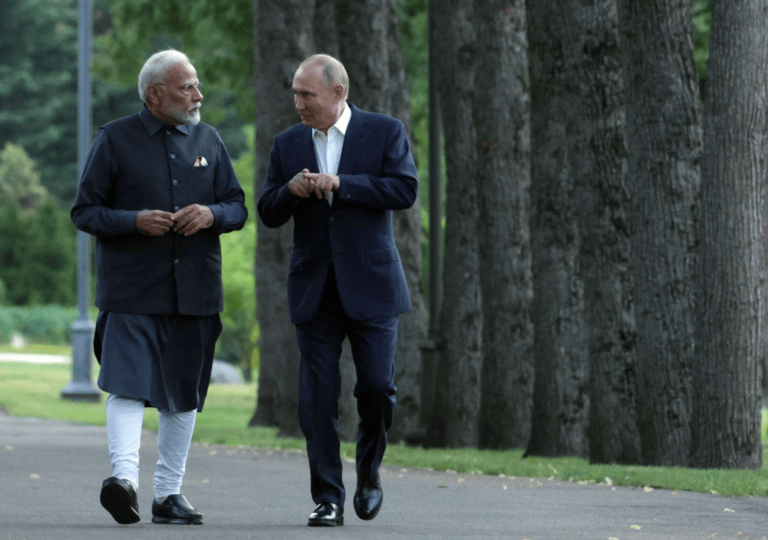
PM Modi's visit to Russia cements India's balanced ties amid West-Russia tensions
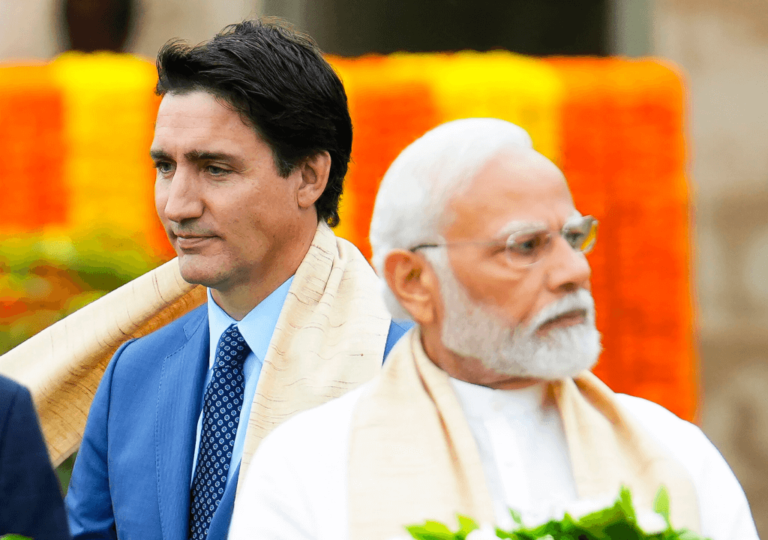
Tensions between India and Canada over Sikh extremism and immigration issues have strained diplomatic ties.
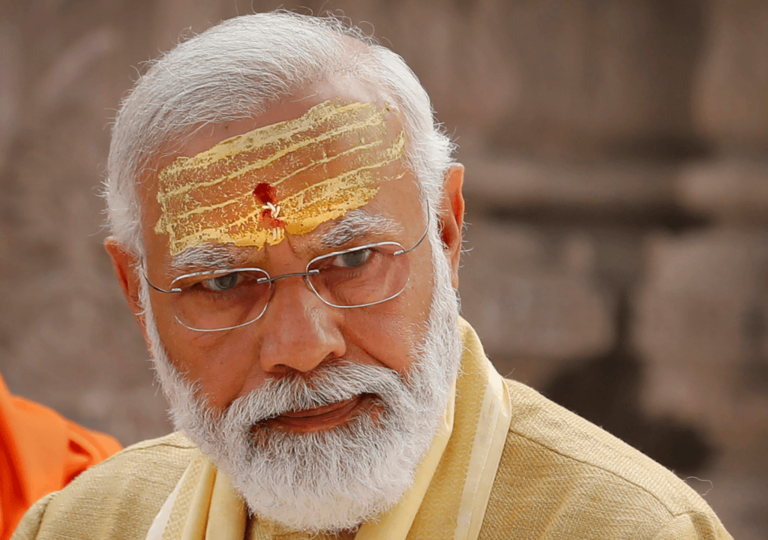
India's general election results show a surprising dip in support for Narendra Modi's BJP, with some attributing the decline to a rift between the BJP and its parent organization, the RSS.
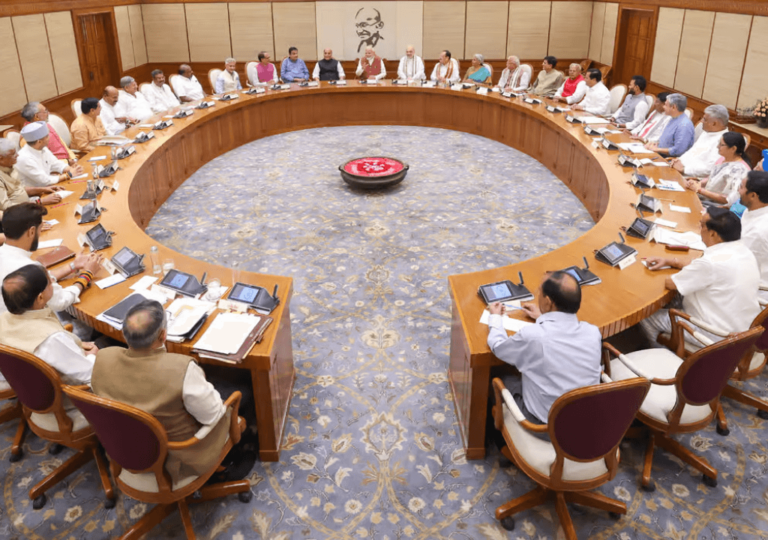
Narendra Modi begins his third term as India's Prime Minister, marking a significant milestone. He has retained key figures from the previous government and included members from various parties in his new cabinet.